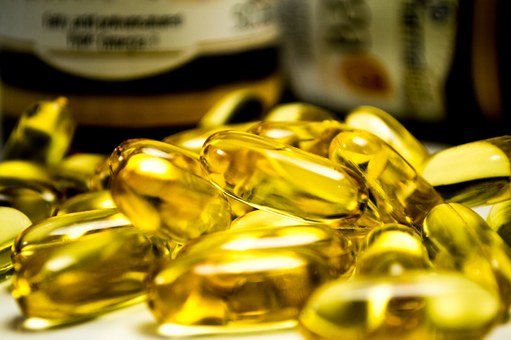In principle, we define the feed supplements as the supplements that are added to animal feed in order to fulfill the missing items already present in the feeds. The feed additives are the additives that are included in the feed because they don’t contain it. Those additives are added to the feeds to boost it efficiency or palate it or bring better flavor to it. But the differences don’t only rely on these.
What are feed additives?
Generally, feed additives concerns all the products that are used in animal nutrition in order to improve the quality of feed along with the quality of food from animal origin. Feed additives are also essential for the animals’ performance and health. For instance, providing enhanced digestibility of the feed materials may not be put on the market unless authorization has been given following a scientific evaluation demonstrating that the animal feed additives has no harmful effects, on human and animal health and on the environment.
What are the different additives?
Minerals are the first category of additives. They play a great role in the physiological, structural and regulatory roles in animals. Macro- minerals, such as calcium, phosphorus, potassium and sodium are minerals that animals need in great quantity, and micro-minerals such as zinc, copper, iron, manganese, iodine, cobalt and selenium are only needed in trace amounts in the diets.
Vitamins are also another kind of additives. Even if vitamins are required in little amounts in the diet, they are seen as essentials and their effects on animal performance are consequent. They are not just building blocks or energy-yielding compounds but are also involved in, or are mediators of, the biochemical pathways in the body.
Amino acids are other kind of additives. Amino acids remain the main component of animal tissues and they constitute a part of what we generally call protein. Amino acids play the role of protein synthesizer. It also plays a huge role in the physiological and biochemical functions of some specific amino acids. After comes the antioxidants which are ingredients that stop oxidation and consequently break food spoilage. And finally, there are the enzymes which are catalysts that touch the velocity of a chemical reaction without appearing in the last products. Exogenous enzymes are supplemented to diets in order to boost the animal’s own digestive enzymes to contribute in stopping large indigestible fractions in the feed.
What are feed supplements?
Feed supplements refer to phosphate, calcium and trace mineral mixtures. They are the supplements that are supplemented to animal feed in order to fulfill the lacking items that are gathered in their feeds.
Commonly, supplementing phosphorous in animal feed may increase the production, boost fertility increase, growth improvement and even skeletal development improvement
What is the role of feed additives in animal nutrition?
As they are minor components of the animal ration, feed additives are mainly used to improve the quality or the digestibility of feed. They may also influe on the nutritive and aesthetic quality of food or to improve animal performance and health
And what about the feed supplements?
Feed supplements that consist of only basic raw materials, such as maize (to be used as energy source), soybean meal (as protein source) and fat, don’t include some essential nutrients. Then they are not appropriate for animals to totally achieve. Therefore, apart from these raw materials, feeds should also present other supplements rich in minerals, vitamins and specific amino acids.
Other reasons, counting feed presentation, microbial contamination, and occurrence of antinutritional factors, digestibility, palatability, and intestinal health also touch the nutritional quality of the feed. To cope with that, feed additives deals with them.
